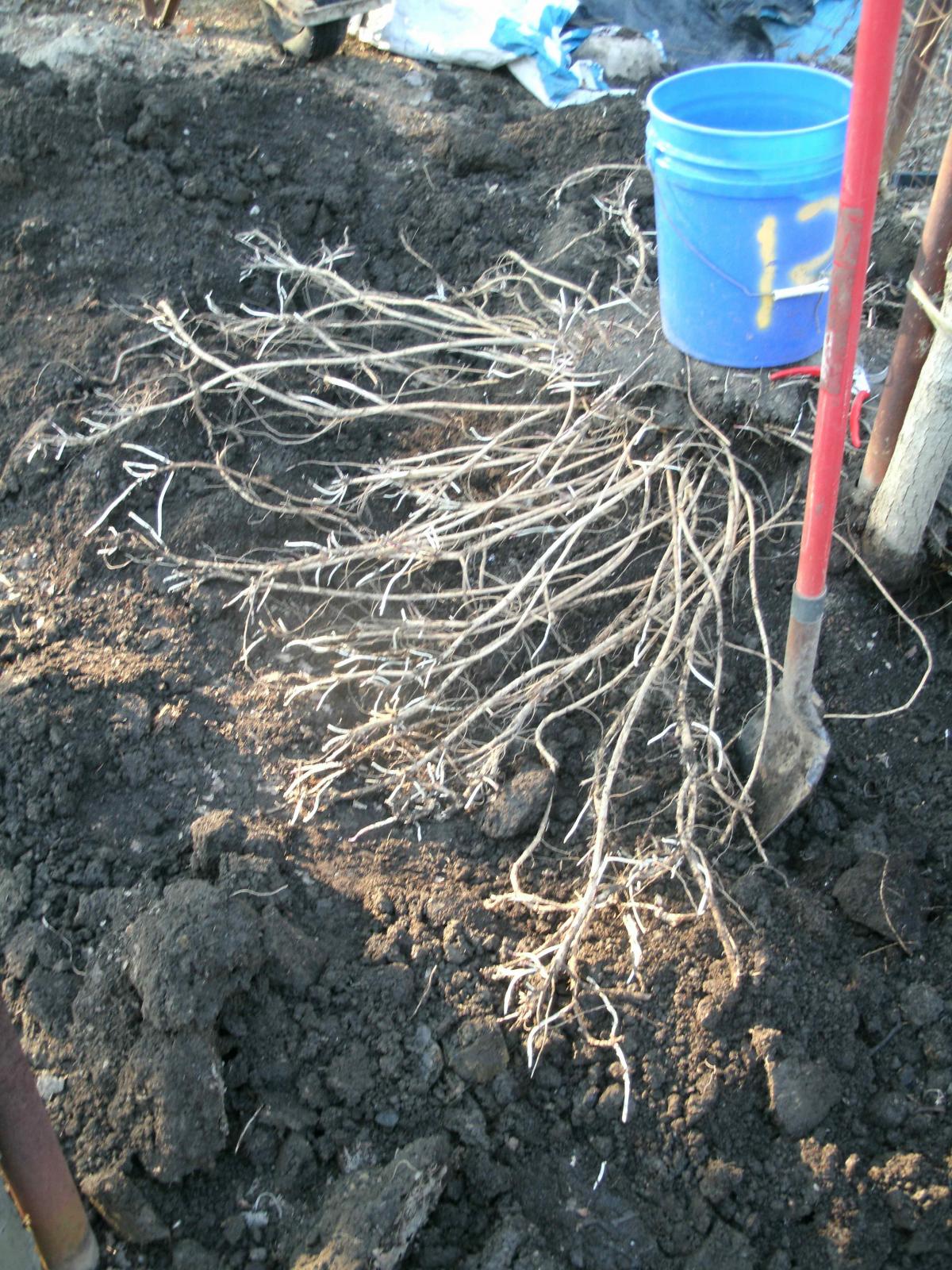I have third year hops coming up. If they multiply the shoots and growth area similar to that of the second year vs. the first year, they are going to be monsters. I limited them to 4 to 5 shoots last year and got about a pound of hops (dry) per plant.
...... well ..... I got ~ lb from each of the Cascade, Chinook, and Centennial, and about an ounce from the Willamette. For some reason the Willamette does't want to grow here - One more season and it comes out if it doesn't deliver.
Anything I need to do to them early in the season?
At the end of last year, I cut them down to the ground, and covered them with a couple of inches of compost. We have had a mild Winter here, and a couple of weeks ago I saw a number of new shoots breaking the ground. This last week it's been below freezing, so hopefully that should stop that.
...... well ..... I got ~ lb from each of the Cascade, Chinook, and Centennial, and about an ounce from the Willamette. For some reason the Willamette does't want to grow here - One more season and it comes out if it doesn't deliver.
Anything I need to do to them early in the season?
At the end of last year, I cut them down to the ground, and covered them with a couple of inches of compost. We have had a mild Winter here, and a couple of weeks ago I saw a number of new shoots breaking the ground. This last week it's been below freezing, so hopefully that should stop that.




